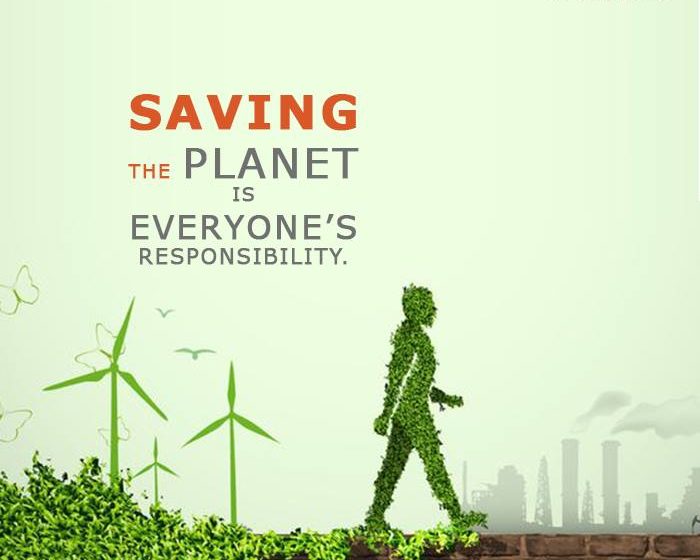In spite of facing an unprecedented global pandemic, sustainability seems to be an important concern and top issue for buyers all over the world. Certainly, the dip in carbon emissions and slowing down of the economy have only extended to the growing conversations around sustainability and what the future must look like in the post-COVID-19 times
Having this in mind, it is not surprising that issues like global warming and plastic pollution is still so high on buyer agendas. Some studies show that people are determined to make a difference when it is about sustainable living.
This presents businesses with a unique form of challenge. First, how do they meet the orders for more sustainability in packaging? Second, how do they convey that to buyers? Do buyers’ beliefs and actions set on the issue of sustainability? And if not, what could be done to change this? These are not certainly easy questions to answer but with the proper information and guidance, brands can make some progress into addressing consumer concerns.
Today, in this blog, Mr. Gaurav Jalan, Founder and Director of India’s leading corrugated box manufacturers Packman Packaging Pvt Ltd talks about the ways to convey sustainability to the buyers.
Buyers: Things They Think They Know vs Things They Actually Know
Logos are a rapid and visual method for conveying key information, but is the buyer being asked to remember too many? The understanding of normal packaging sustainability logos showcases discrepancies and misunderstandings across the world, showing that perhaps messages around packaging sustainability are not always clear.
For instance, the Green Dot signage used in certain European countries tells buyers that the manufacturer contributed funds toward recycling systems, but this does not guarantee that the pack having the symbol is in fact recyclable. But only a few of European consumers knew this. Most people believed the logo showcases the packaging can be recycled. In spite of the best intentions, these misunderstandings have a biological impact, like the disposing of products improperly and polluting recycling streams.
Understanding is not much better when it is about the biodegradable or compostable packaging. Several, buyers believe this kind of packaging is the least damaging for the environment, and some of the consumers would purchase a product for its compostable packaging. This pattern demonstrates that even when excitement for a product is high, there is a strong urge for better education around logos and what they actually mean for correct packaging disposal.
Brands: What Sustainability is to Them vs What Sustainability is to their Buyers
Understanding which packaging sustainability logos are best suited is the basics step in letting brands and retailers to good leverage them on their packaging. But it is only the first step.
The 2nd step is education. Brands know that sustainability is not a simple issue to straddle effectively. Plastic packaging is not a black and white subject, by securing and keeping food fresh, packaging can lower the food waste, which has a way higher carbon footprint than the packaging does. It is relatively low-carbon to generate too, specifically when compared to glass and aluminum those are not only heavier to move, but more resource-intensive too. The issue is helping buyers understand the multi-faceted pattern of packaging sustainability while delivering messages clear and simple to understand.
Knowledge and Understanding: Attention on Clarity
Market study shows that buyers have a lot of sustainability information already but what they require is better understanding and knowledge. The level of eco-literacy has improved dramatically over the few decades. Now buyers want choices that will empower them to take more sustainable decisions.
In an effort to do this, sustainability claims on packaging require to be reliable, accurate, transparent, accessible, and easy-to-know. Are the labels consistent and accurate? Are they proper to the local context and are instructions on what to do with the used packaging clear? Good labeling can guide for better behavior and better environmental results.




